What's AZUKI?
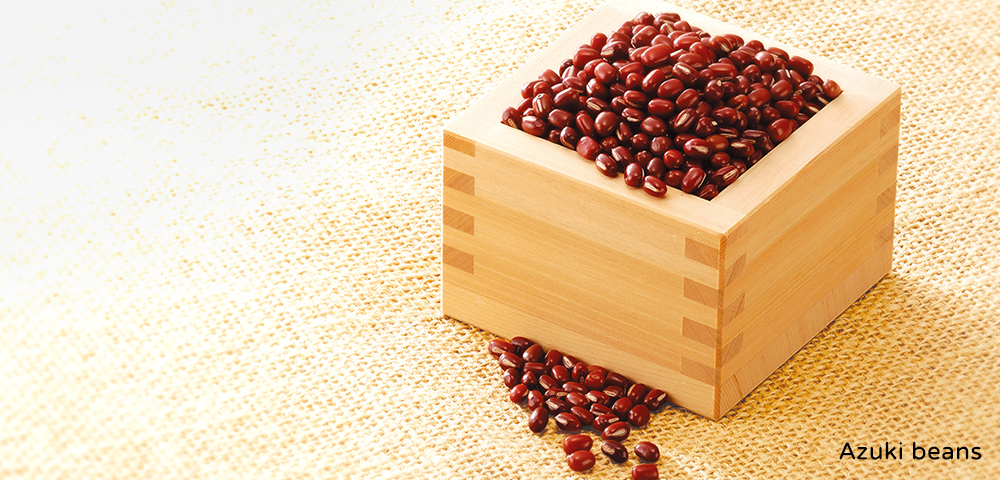
The Beginning of Azuki
Tracing back the history of Azuki takes us back to the first century B.C.E., when the oldest Chinese agricultural text, Fan Shengzhi shu, was written. This text describes how to plant Azuki beans. In Japan, Azuki appeared in Japan’s oldest historical record, Kojiki, and the chronicles of Japan, Nihon Shoki, as one of the five grains.
It was believed that Azuki came over from China. But recent research has shown that Azuki in Japan developed genetically separated from Azuki in China.
Azuki Red Is a Charm Against Evil
According to the Classic of Herbal Medicine, the oldest Chinese book on agriculture and medicinal plants, boiled Azuki water was used as a detoxicant. In Japan, Azuki has also been used as medicine since ancient times. On the other hand, the red color of Azuki was believed to symbolize “life,” such as the sun, fire, and blood. This idea took root in people, and they used Azuki as a special magical food to keep off evil.
Japanese Annual Events and Azuki
January 11th: Kagami-Biraki
People wish for a happy year while eating Kagami-Mochi, which was presented for the gods, cooked in rice cake soup or sweet Azuki porridge. They show gratitude for the gods and wish for good health.
Around March 21st: Ohigan (Spring)
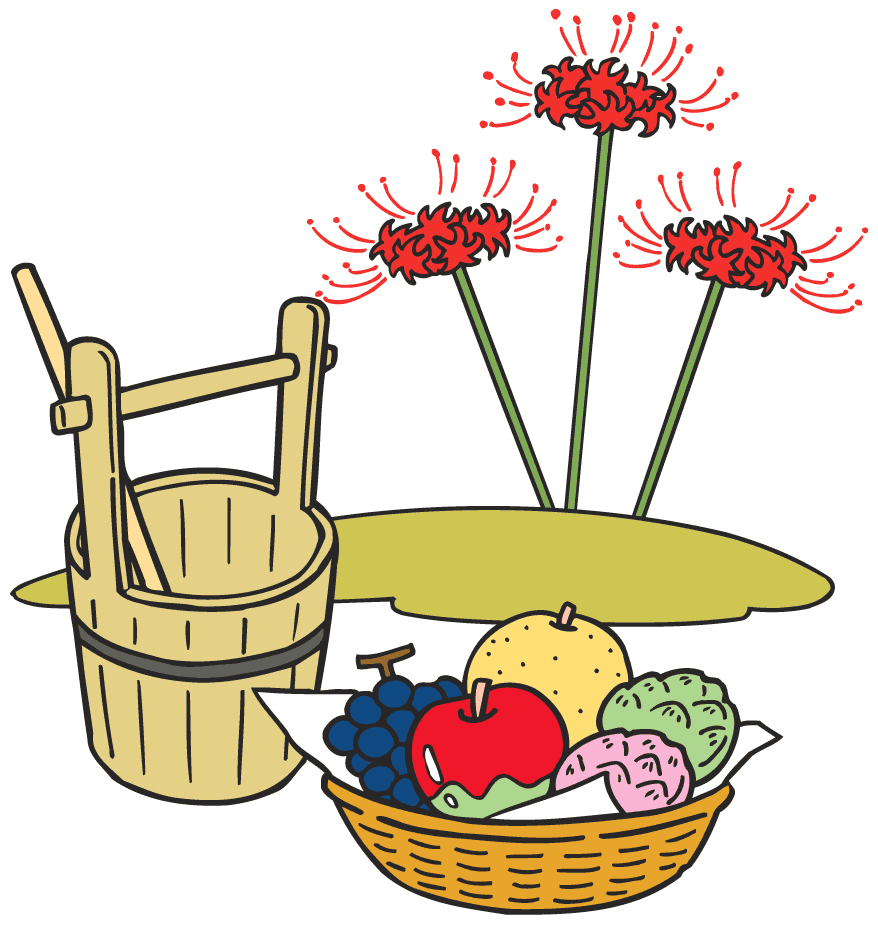
During the spring, Ohigan is regarded as a day to praise nature and cherish living things.
To convey their gratitude to their ancestors, people offer Bota-Mochi, a sticky rice ball covered with sweet Azuki bean paste.
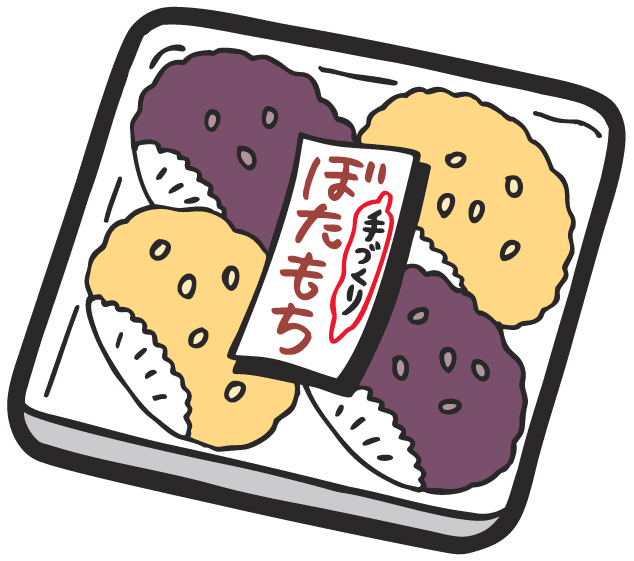
May 5th: Children’s Day (Boy’s Day)
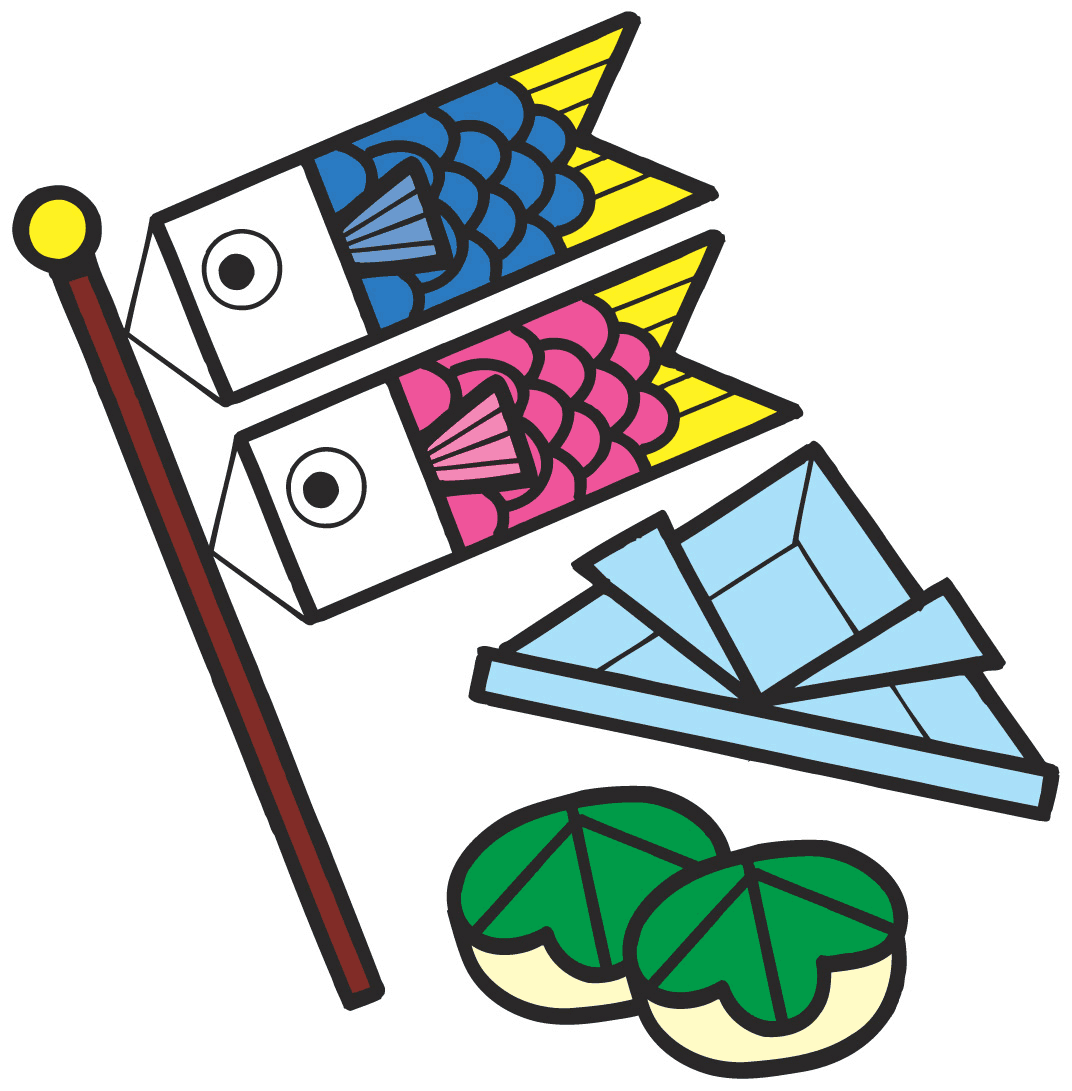
This day is also referred to as “Tango no Sekku” (boy’s festival).
On this day, people celebrate that their children have grown in good health.
Displaying Samurai helmets and flying Koinobori carp streamers, they also take a hot bath with iris roots and leaves. Traditionally, people also eat Kashiwa-Mochi a mochi(stuffed with sweetened Azuki bean paste and wrapped in oak leaves).
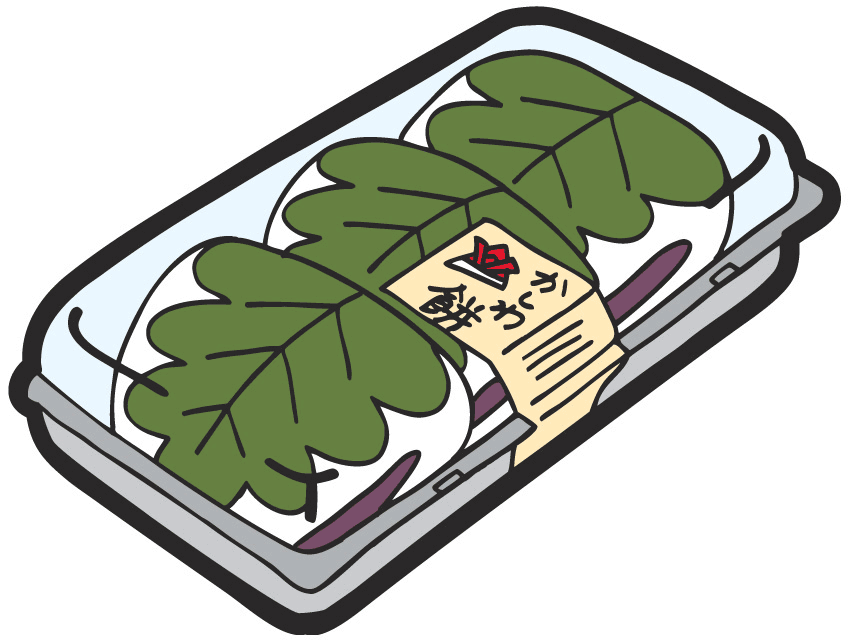
Around September 23rd: Ohigan (Autumn)
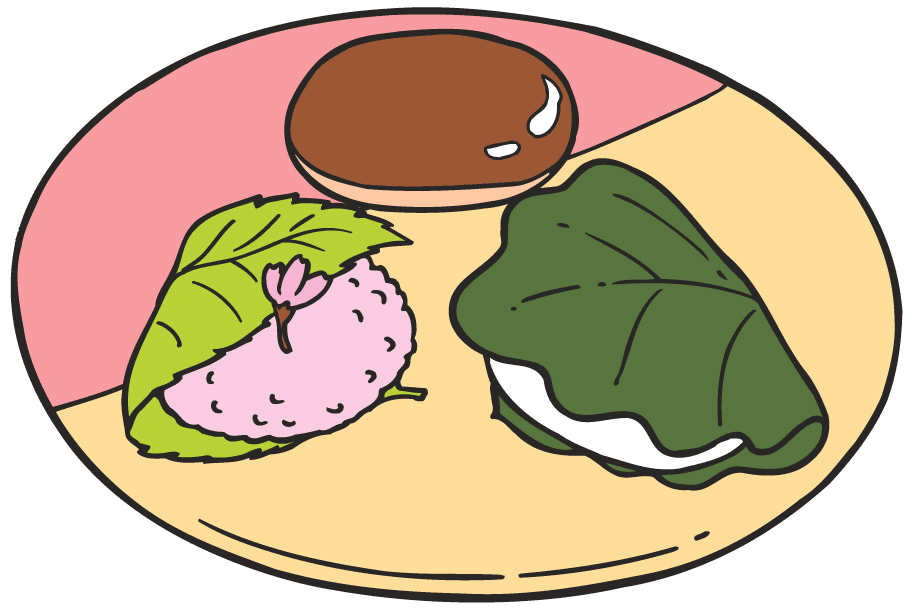
In autumn, Ohigan is a day of respecting ancestors and remembering the deceased.
To convey their gratitude to their ancestors, people offer Ohagi, a sticky rice ball covered with sweet Azuki bean paste.
November 15th: Shichi-Go-San
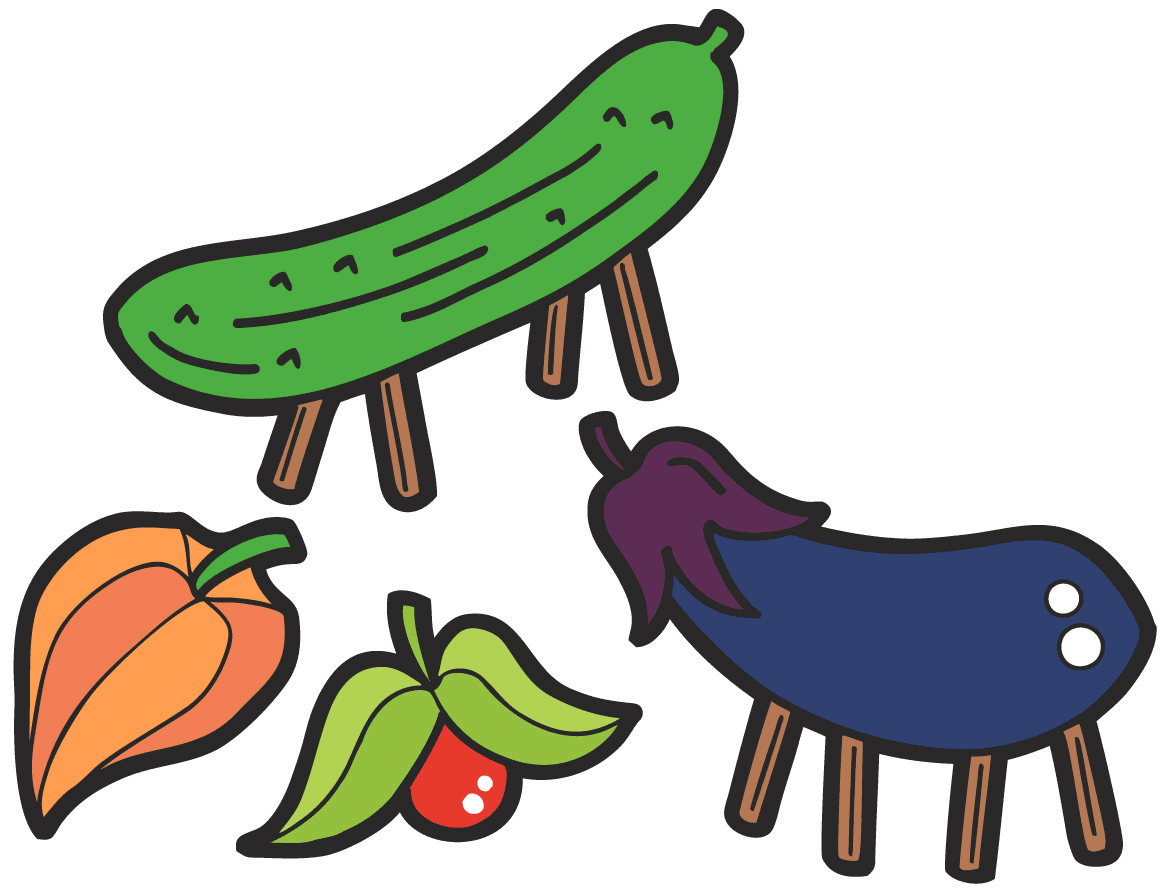
On November 15th of the year when children turn three, five, or seven years old, people celebrate their children’s growth.
On this day, people enjoy Chitose-Ame candy, praying for children’s growth and longevity, and Sekihan rice cooked with Azuki beans to avoid disasters.
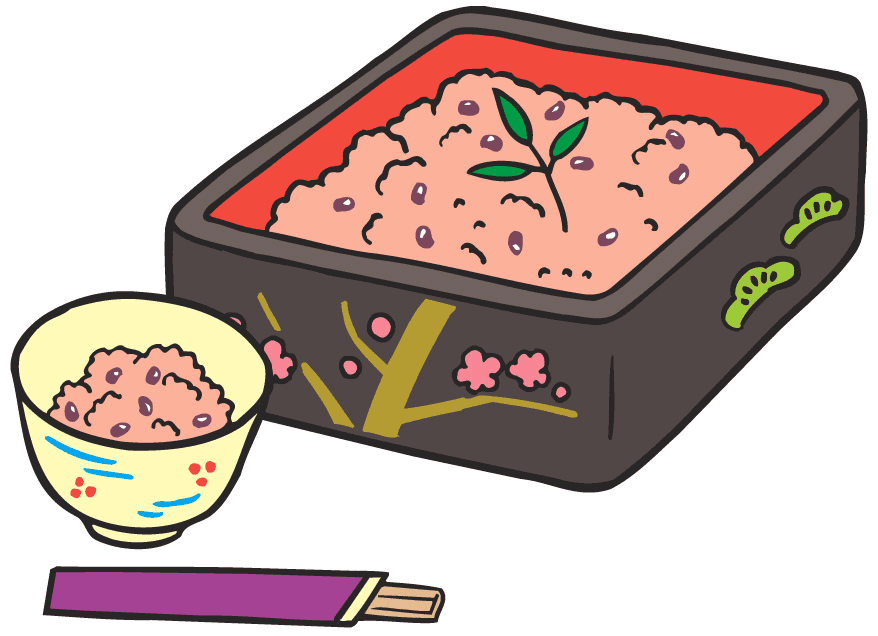
Around December 22nd: Tohji

This day has the shortest day and the longest night.
On this day, people take a bath with yuzu citrons, and enjoy kabocha squash and Azuki for nourishment and to pray for good health. They also eat rice porridge with Azuki. By doing so, people believe that they can avoid catching colds.
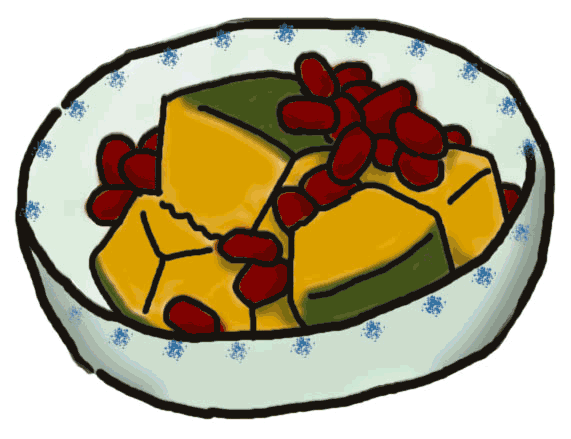
Be Healthy with Azuki
Unlike soy and peanuts that are mde of lipids, Azuki is composed mainly of carbohydrates alongside fiber and sugar. Azuki is rich in protein, vitamin B complex, and minerals, including iron and potassium. The expected health effects include constipation relief, anti-aging effects, anemia prevention, cholesterol reduction, blood circulation improvement, hypertension prevention, and osteoporosis prevention. Azuki is a low-fat and high-protein healthy food with fiber.

